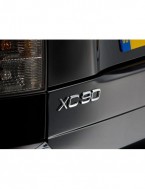
During an interview with Automotive News Europe, the Volvo CEO made some comments about the upcoming redesigned 2016 XC90: “There is no second chance, of course. This has to work. We’re confident it will.”
We all know the fact that, Volvo’s sales performance has been lacked behind other luxury brands in US market for a long time. For example, during 2013, Volvo sold a total of 61,233 units in US; compared to BMW’s 309,280 units, Mercedes-Benz’s 334,350 units, Audi’s 158,061 units and Lexus’ 273,847 units.
This year (2014) Volvo does not has major new/redesigned model releases, so do not hope its sales volume will be dramatically different than 2013. Obviously, Volvo does need some extraordinary models to boost itself to be comparable to its rivals mentioned above. The 2016 XC90 is Volvo’s first complete redesigned model after it is acquired by the China Zhejiang Geely Holding Group. From our previous report, the 2016 XC90 rides on the company’s Scalable Product Architecture platform, which also defines the main themes of all future Volvo vehicles, therefore the success of the 2015 XC90 does mean a lot for the company.
From our point of view, here are the pros and possible of the new XC90:
Pros
– High quality interior materials, tasteful aesthetic design
– Lots of active and passive safety features; (active: blind sport monitor, auto braking etc.; passive: solid car frame, effective crash crumple zone)
– Advanced powertrain technologies such as supercharged + turbocharged engine, hybrid powertrain
Possible Obstacles
– Practicability (legroom/headroom) of the third-row seats
– After putting one or two infant/child car seat(s) in the second-row seat, whether it is easy to access the 3rd-row seat (European SUV is usually not good at this aspect)
– The decision of only use 4-cylinder engines. This is not only for the XC90, since Volvo wants to use the same engine design across all new future models. While there are some advantages of using 4-cylinder engines, it also has its physical limitations. The major issue is the smoothness. See the below 4 graphs (I4 vs. V6 vs. V8 vs. V12, even-firing) for comparison: within a full cycle of crankshaft rotation, the 4-cylinder engine has more time and also higher amplitute of negative torque output (which means negative horsepower), this is the reason why 4-cylinder engine has more vibrations than other engines which has more cylinders.
Although you can use engine mount to filter those vibrations out, it is still hard to fully eliminate it; not to mention that higher engine mount damping effect will cause numb/vague transmission shifting feel. So you cannot get both and need to sacrifice one to some extent.
One may say the T8 trim’s electric motor can help to improve power delivery smoothness, but this leads to another issue:
– The pricing. From our previous report, the 2016 XC90 starts at a price level around $65,000, and extends all the way to the 6-figure premium of $135,000 for the T8 fully loaded models.
Yes, with the help of electric motor, the T8 trim can achieve better power delivery smoothness, but what is the asking price? With that amount of money, do you have other choices? Of course the answer is yes.
In fact from our evaluation, for US market the most popular model of the new XC90 will be the 300-hp level T6 trim; and the normal OTD price for most consumers will be around the $60k – $70k level. This is already stepping on the toes of some other luxury SUVs in the market. For example the Mercedes-Benz GL350/450, Lexus LX570 etc., and they all offer equivalent or even better luxury features, with more smooth-running V6/V8 engines.
– The decision to use double-wishbone front suspension limits engine choices for the XC90. Since the double-wishbone system takes up more spaces in the engine bay, especially the width, the engines that can fit into the engine bay should has 4 cylinders per bank or less. Because Volvo does not has a V6 engine (it only has I6 currently), this means only I4 or V8 engine is possible.
Volvo does has a V8 previously (the B8444S designed by Yamaha), but after Volvo is owned by Geely, the management made decision to abandon the V8 and in favor of the 4-cylinder engine across all new products.
This means, if finally it is proven that the market does not like the 4-cylinder engine, the XC90 will be doomed to fail, without any chances for modification or upgrade – unless Volvo fully redesign it from the ground up; or quickly design and build a V6 engine.
So the new XC90’s success relies on:
1. Suitable pricing;
2. Features, interior spaces should be practical for US market;
3. Reliability of the powertrain;
4. Power delivery smoothness and quality.



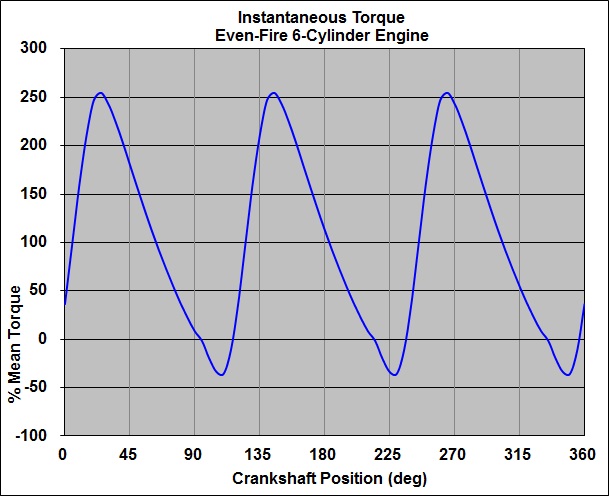
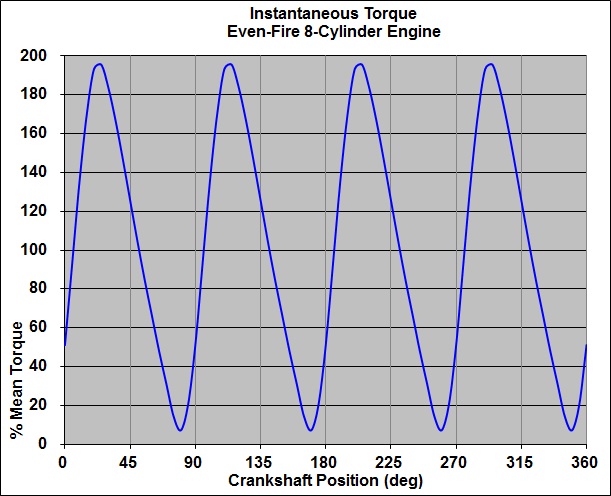

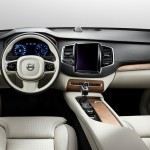
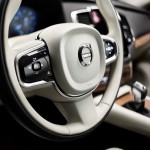
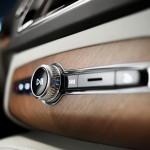
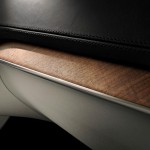
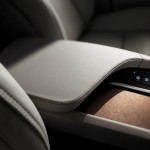
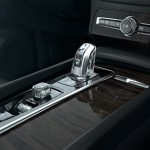
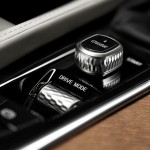

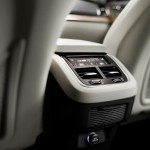
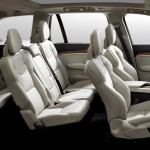
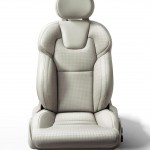
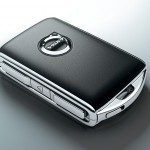
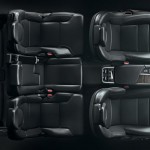
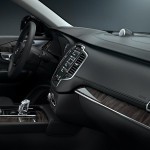
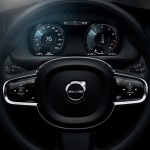

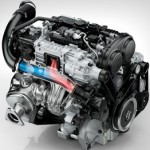

Recent Comments